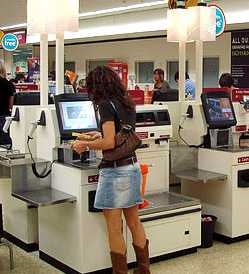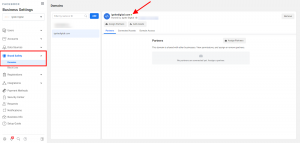At Mitel, an Ontario business communications company, managers have enlisted 1,600 people to become actively involved in social media.
Ontario business communications company Mitel has been around for 41 years, but its profile is low. Martyn Etherington, the company’s chief marketing officer and chief of staff, is out to change that — and he thinks social media will be a big part of the process.
In March of 2014, the company had about 30 people actively engaged in social media — using Twitter, LinkedIn, or Facebook to talk about the company.
By November, that number had grown to 1,600 people.
This runs counter to what many companies practice. At most organizations, employees are not encouraged to talk to the world about the company — and at many they are outright banned from doing so.

In “Can You Really Let Employees Loose on Social Media?,” an interview by Gerald C. (Jerry) Kane, associate professor of information systems at the Carroll School of Management at Boston College and guest editor for MIT Sloan Management Review‘s Social Business Big Idea Initiative, Etherington explained how he got those numbers of engaged employees up so much so fast.
- 1. Have faith that digital marketing can pay off. “One of the things that I saw when I first came to Mitel was that we’re competing with the likes of Cisco and Avaya,” says Etherington. “These guys have have very, very strong brands. I knew that with a David and Goliath story, we could punch way above our weight if we started to invest in digital and started to leverage digital and social.”
- 2. Find a book or a case study to provide a path. In Etherington’s case it was the book The Social Employee: How Great Companies Make Social Media Work, by Cheryl Burgess and Mark Burgess. “I read it in one weekend, and it resonated with me,” says Etherington. The book argued that the company should “ensure that our employees understand and embrace that we are all stewards of our brand.”
- 3. Consider training. Etherington helped develop a series of social training sessions for Mitel staff. “We had close to 1,300 employees go through that training,” he says. “Since then we have put through almost 400 of our sales personnel.” Training isn’t mandatory, however, before people start talking about the company online.
- 4. Make it easy by giving people “canned tweets.” Mitel prepares “a whole series of canned tweets that our employees can cut and paste or edit” whenever the company puts out an announcement, says Etherington. “We’ve tried to take away the fear. Our first goal towards becoming a social enterprise is to empower employee engagement, and then we would refine over time.”
- 5. Trust employees to be great ambassadors. The company’s only rule about what people say online about the company is that they use their best judgment. Etherington says the company asks employees to not “put anything on social you would not say to someone in person. Be respectful of our competitors and really focus on understanding and serving our customers better.”
- 6. Throw in some fun. A program calls “Mitel Champions” issues social communications challenges for employees, with employees who publish via social or complete a challenge getting points. Points get higher the more important the message or challenge. The company also has leader boards, with a monthly award such as a $ 100 gift card for whoever is on top of the list.
“I have worked in large companies, and these companies try to do their best to inhibit and restrict employee participation in social or major brand initiatives,” says Etherington. “We, on the other hand, have tremendous faith and trust in our employees and partners to uphold our brand promise and to use their best judgment. Instead of writing a social policy for the few who may get it wrong, we leaned toward writing a social policy for the majority. It was not without risk, but a risk I was willing to take.”
He says he’s pleased with where the company has gotten in a short period of time. It’s the early part of a journey, he says. “Getting people to use Twitter to send out company tweets and to use our hashtags is a way of creating engagement, but more important for us, it’s also a way of promoting and establishing us as a relevant brand.”
(280)








